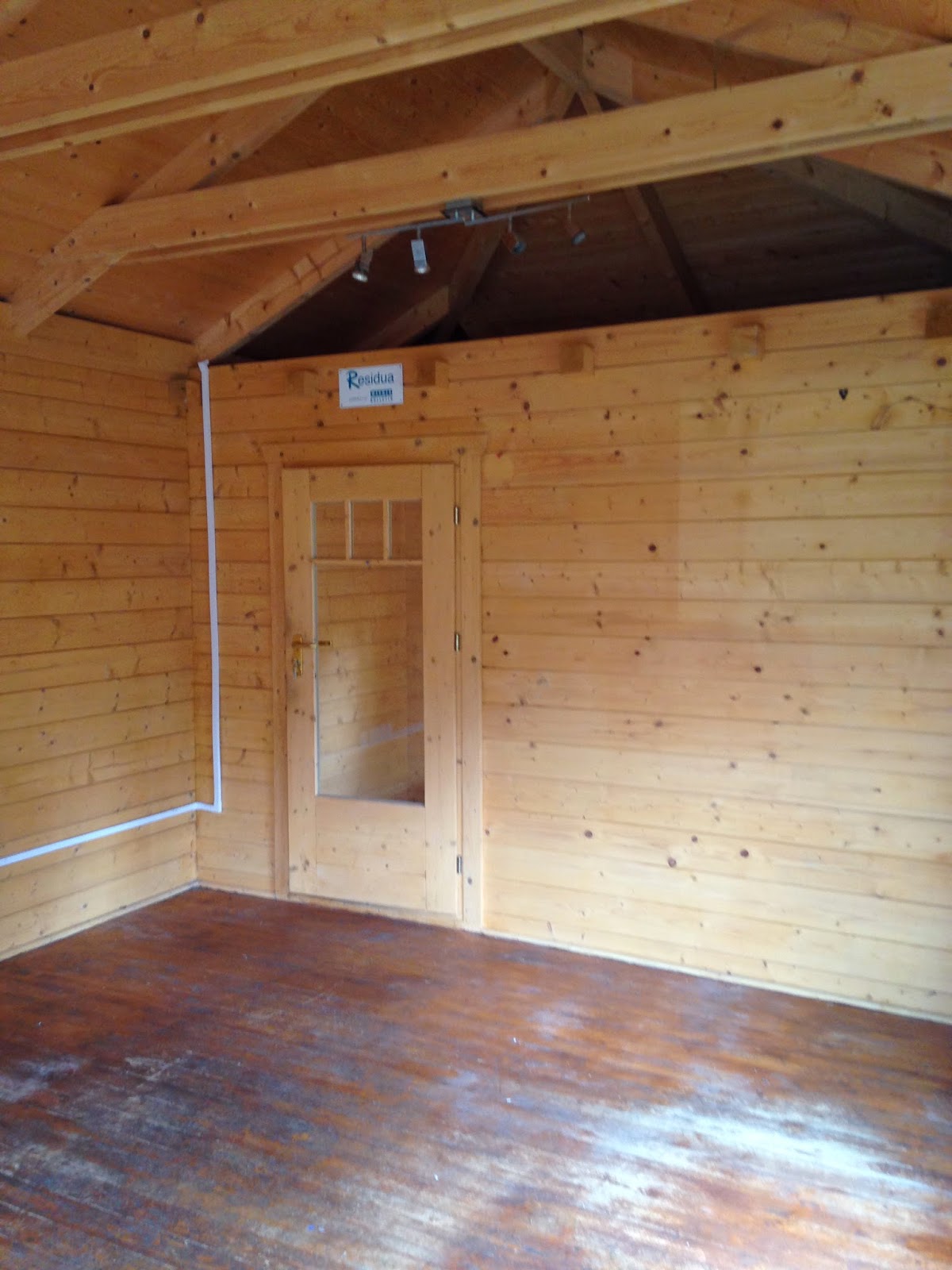The problem with this is that, firstly, it completely overlooks structural constraints that cannot be overcome through the exercise of will and a positive attitude and which may well not be of the individual's making; secondly, and relatedly, it ignores the privileges that underpin the ability to engage in practices and challenges that are often associated with motivational speaking; and thirdly, it presumes a greatness to an act such as swimming a long way, or in very cold water, that I'm not convinced about. In short, I was able to swim the English Channel in part because I am a reasonable swimmer with a penchant for the long, slow plod, but also because I have the time, resources and physical well-being that facilitate my participation in the sport, not to mention a British passport which enables me to traverse international borders freely and for leisure. It is not true that anyone could swim the Channel, for example, if only they put their mind to it; poverty, ill-health, caring responsibilities, uncertain legal status....mind over matter has little to offer in these cases. And in the end, it's only swimming. It's fun, splendid and I wouldn't ever want to be without it, but I don't think it's grand or heroic; I'm not sure that there are inspiring messages that lie within. It's swimming, in all its self-indulgent glory.
This matters because contemporary politics is governed by the conviction that individuals can and should pull themselves up by their bootstraps and that the welfare state simply encourages torpid, exploitative passivity. In short, a 'never give up' message completely misses the fact that sometimes giving up is exactly the right thing to do in the face of impossible obstacles that are not of your making and not within your remit to resolve. And the message that 'nothing is impossible' is self-evidently untrue. Individualised solutions of resilience and overcoming then obscure the need for social solutions to endemic structural problems. This is why I don't like motivational speaking.
I'm not suggesting, of course, that those engaging in motivational speaking harbour malicious intent or lack a commitment to social justice. Indeed, many are explicitly tied in with exhortations to collective action around environmental and other issues. But I am saying that the conventional rhetorics of motivational speaking, and especially those of mind-over-matter, rely upon a highly individualised model of entrepreneurial selfhood that negates collective responsibility for social inequalities. I think swimmers (and other adventurers) have interesting stories to tell - an insight, perhaps, into a way of being in the world that many would otherwise have no concept of and which is entertaining in its unimaginability. But I think it's important not to overstate the significance of those experiences. It's just swimming, after all, in all its leisurely splendour and wonder.
I'm going to finish this post with the words of Stella Young - a disability activist who died unexpectedly recently. Her Ted talk (one of the core archives of the motivational speaking genre) is the most impressive critique of the notion of 'inspiration' and of mind-over-matter exhortations I've ever heard. Watch it all the way through - it's worth it. Thank you, Stella, for wise words and sharp wit.
























.png)
.png)
.png)






